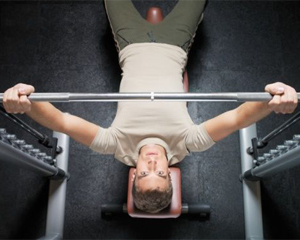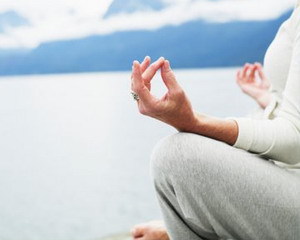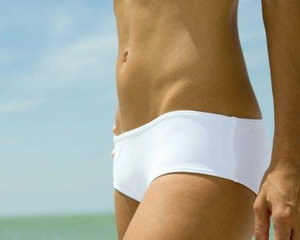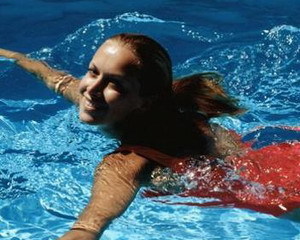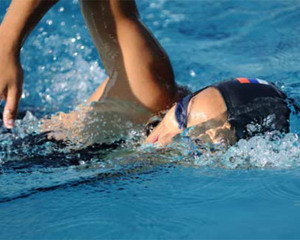LIFTING KNEES AT THE PRESS
 Lift knees exercise allows you to focus on the lower abdominals. This exercise will allow you to improve the shape and prepare the abdominal muscles for further more serious loads.
Lift knees exercise allows you to focus on the lower abdominals. This exercise will allow you to improve the shape and prepare the abdominal muscles for further more serious loads.
Do not forget that the abdominal muscles are involved in the implementation of any strength exercises and help to maintain balance. Therefore, knee lifts in the simulator will not only improve the strength, shape and appearance of your abdomen, but also contribute to the progress in strength exercises and those sports where good coordination of movements plays an important role.
In addition, well-developed abdominal muscles remove a portion of the constant load from the lumbar muscles and improve the overall health of the person.
Performance technique
Lifting the legs bent at the knees can be performed both on the uneven bars and on a special stand with an emphasis for the back. Both options will allow you to adequately load the abdominal muscles, but for several reasons, performing on the rack is preferable.
Proper exercise technique:
knee lifts on the press1. Stand on the footrests, so that your back is leaning on the back of the simulator, put your hands on the stand for the elbows and grab the handles, then remove your legs from the stands. Now the emphasis completely falls on the arms bent at the elbows. The body is completely straight, the legs do not touch the floor, the chin is parallel to the floor, and the gaze is directed in front of it. This is the starting position.
2. Take a breath. And holding the breath, without sudden jerks, due to the work of the abdominal muscles, lift the legs, while bending them at the knees, as high as possible. Raising them at an angle slightly exceeding 90 degrees, pause and tense your abdominal muscles even more. Then, on the exhale, gently lower the legs to the starting position.
3. At the lower point, pause and smoothly perform the next repetition.
It is important:
Raise your legs due to the work of the abdominal muscles, not the legs. The thigh muscles should have a minimum load.
No need to jerk legs with the help of a jerk at the beginning of the climb. The smoothness of movement at the initial moment of lifting ensures further maximum work of the abdominal muscles.
Up to an angle of 45 degrees, the rise is almost entirely due to the thigh flexor muscles, and the greater the angle, the stronger the load on the press.
If at some point you are easily and at the same time technically correct to do the exercise, then it makes sense to clamp the dumbbell between your feet as an additional burden.
Exercise options
Knee lifts in the wall. More difficult kind of exercise.
Straight leg lifts hanging. The most difficult, but also the most effective option of rises. Suitable for experienced athletes.
Working muscles
rectus abdominis
obliques
muscles of the thigh (rectus muscle of the thigh, comb and psoas muscle
Alternative exercises
All twist options
Tilts sideways
